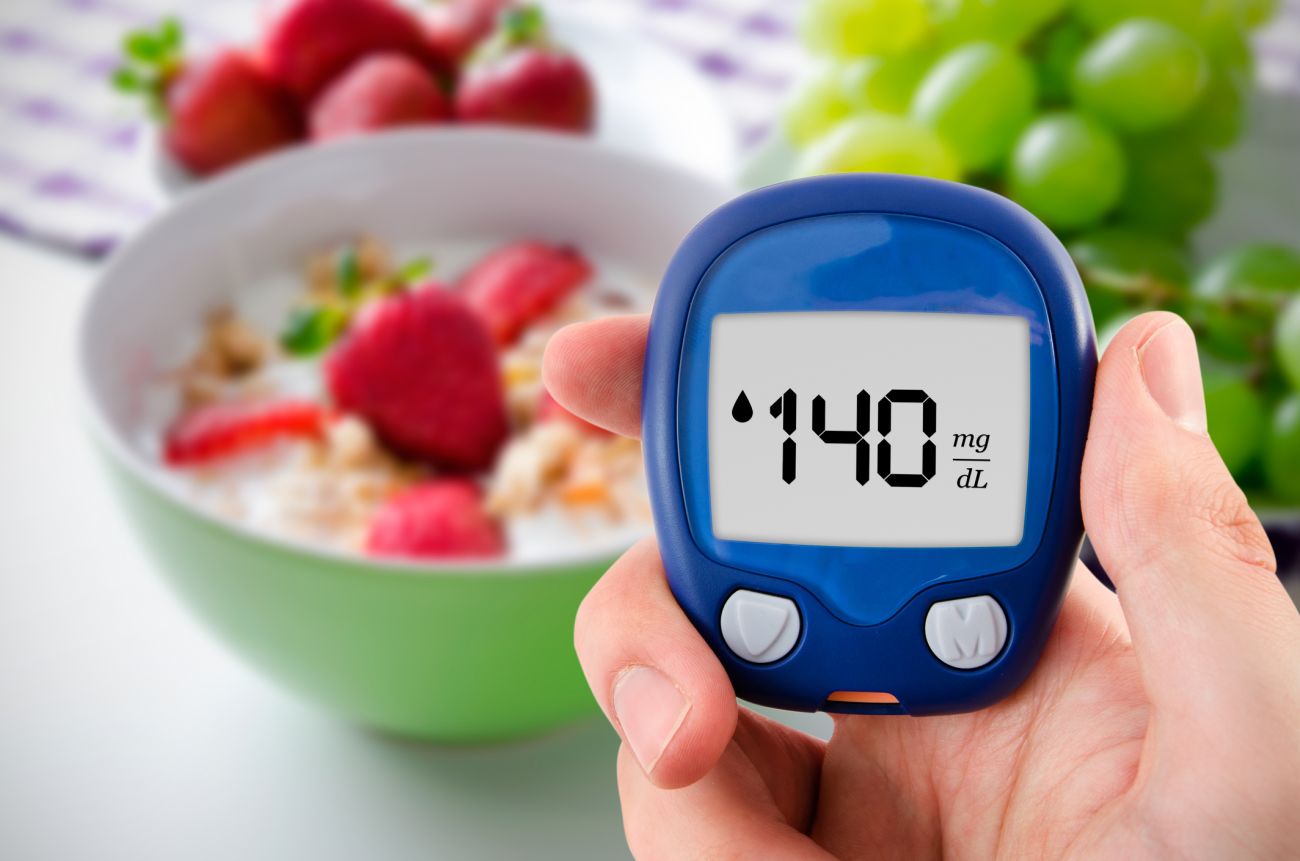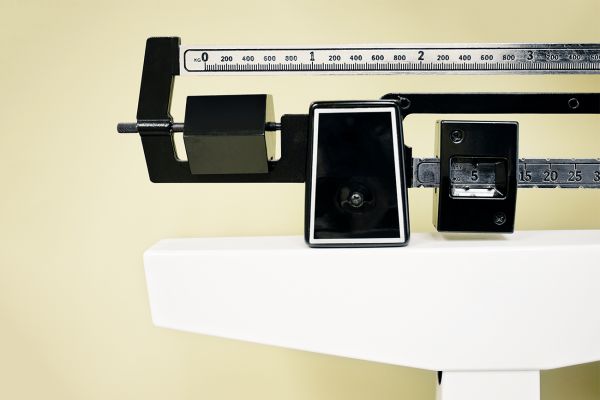Is there a connection between certain types of cancer and diabetes?
There could be, although the relationship is a complex one, according to Rajeev Sharma, MBBS, MD, FACE, formerly with Roswell Park Comprehensive Cancer Center.
“Diabetes and cancer have many common risk factors and a potential biological link might exist as both diseases are diagnosed in the same person more frequently compared to a person without diabetes,” explained Dr. Sharma. “This possible relationship between diabetes and cancer has been studied since the early 1960s. Recent studies have shown that the relative risk imparted by diabetes is greatest (about 2-2.5 times higher) for cancers of the liver, pancreas, and endometrium and slightly lesser (about 1.2–1.5 higher) for cancers of the colon and rectum, breast, and bladder."
Patients with diabetes should be aware that during cancer treatment they may experience worsened hyperglycemia (elevated sugars) or at other times hypoglycemia (low blood sugars). Steroid therapy, used as part of chemotherapy or for nausea prevention, has been known to cause hyperglycemia and adjustment of diabetes medications might be necessary to prevent or treat hyperglycemia. Cancer treatment may also cause loss of appetite and weight loss which could lead to hypoglycemia if medication doses are not adjusted. Signs and symptoms of hypoglycemia include shaking, sweating, hunger pangs, dizziness, feeling weak and if severe, loss of consciousness or seizures.
While the influence of diabetes medication during cancer treatment is uncertain, reducing risks with lifestyle habits is a healthy change that patients can make in their daily lives. According to the American Diabetes Association, losing excessive weight and increasing physical activity lowers the risk of type 2 diabetes and certain types of cancer. Risks can also be lowered by not smoking cigarettes and not drinking more than one alcoholic drink a day for women or two drinks a day for men, both of which raise the risks for both diabetes and cancer.
“Obesity is a known risk factor for many cancers such as colon, gallbladder, ovarian, breast and endometrial cancers,” said Dr. Sharma. “Diabetes coupled with obesity is a double whammy in cancer patients but lifestyle changes, including healthy diet and exercise, will definitely decrease the overall risks. Exercise provides modest protection against breast, prostate, pancreatic and endometrial cancers. Reducing weight has beneficial effects on both diabetes and cancer reduction.”
Never miss another Cancer Talk blog!
Sign up to receive our monthly Cancer Talk e-newsletter.
Sign up!To shed extra pounds, boost your health and reduce risks, the American Diabetes Association recommends eating a healthy daily diet that includes three to five servings of fresh, frozen, or canned vegetables, without added salt, fat or sugar. When eating grains, choose the most whole forms possible, such as brown rice, old fashioned oatmeal, whole rye or high protein grains such as quinoa and millet. Also recommended are legumes, peas and lentils which provide high-quality protein, fiber, minerals and vitamins. Choose vitamin-rich fresh or frozen fruit when you are craving something sweet. And avoid sugar-filled drinks such as sodas, as well as the mass marketed “healthy” beverages that are often loaded with sugar.
Dr. Sharma also advised that diabetes patients be vigilant about checking their blood sugars more often during the treatment. “Any abnormal deviation from your usual blood sugar ranges should be reported to your healthcare provider,” said Dr. Sharma, who recommends that patients who are on medications like insulin or sulfonylurea carry sugar tablets with them for hypoglycemia management. “You may require high doses of insulin during hospitalization if steroids are part of chemotherapy. Very often, the insulin requirements go down once steroids are finished and it’s important to adjust doses to prevent hypoglycemia,” said Dr. Sharma.
Looking for some easy recipes to help reduce your risks?
Coconut-Millet Pudding with Cardamom
1⁄2 cup uncooked millet, rinsed in a fine strainer
1 (14-ounce) can light or regular coconut milk
3⁄4 cup unsweetened almond milk
2 tablespoons water
1 tablespoon honey
3⁄4 teaspoon ground cardamom
1 teaspoon ground cinnamon
Dash of sea salt
1 teaspoon vanilla extract
1⁄2 cup pistachios (or other nuts) toasted and chopped
1. Combine first eight ingredients in a medium pot. Bring to a boil, reduce heat, and simmer, covered, for 25–40 minutes, stirring occasionally, until millet is soft and creamy.
2. Stir in vanilla and sprinkle with pistachios.
Black Bean Rainbow Coleslaw
Prepackaged shredded cabbage and canned beans make this an easy dish to prepare. A great side dish to bring to picnics and parties. Or make into a complete meal by adding lean chicken, turkey, avocado, and salsa.
1 bag shredded cabbage (look for red and green cabbage mixes)
1 shredded carrot
1 can of low-sodium black beans, rinsed
2 tablespoons olive oil
1/4 cup orange juice
1 teaspoon ground cumin
1 teaspoon salt
1 teaspoon black pepper
1 tablespoon vinegar
1. Combine cabbage and carrots with rinsed black beans in a large bowl.
2. In a tightly sealed jar combine the olive oil, orange juice, cumin, salt, pepper, and vinegar. Shake well. Pour over cabbage/beans. Toss well until thoroughly coated and adjust seasonings to taste.

